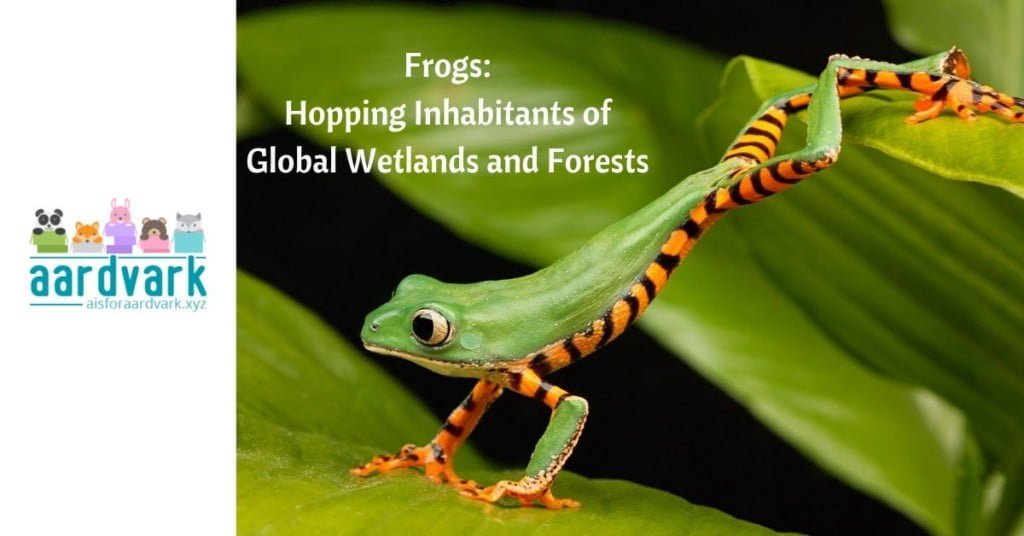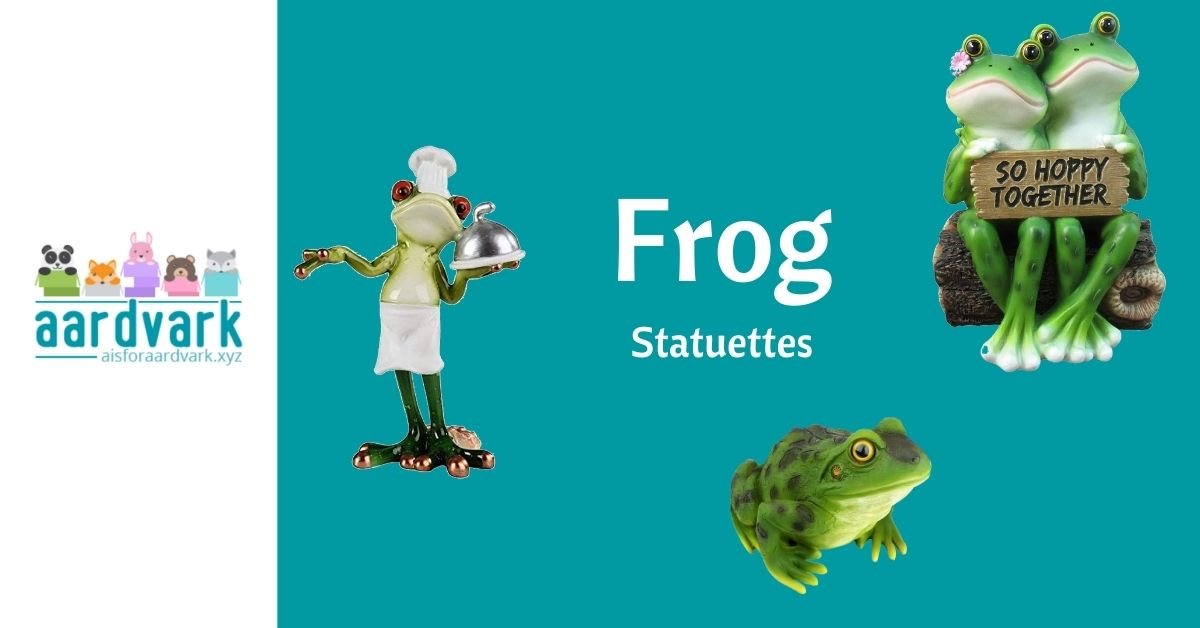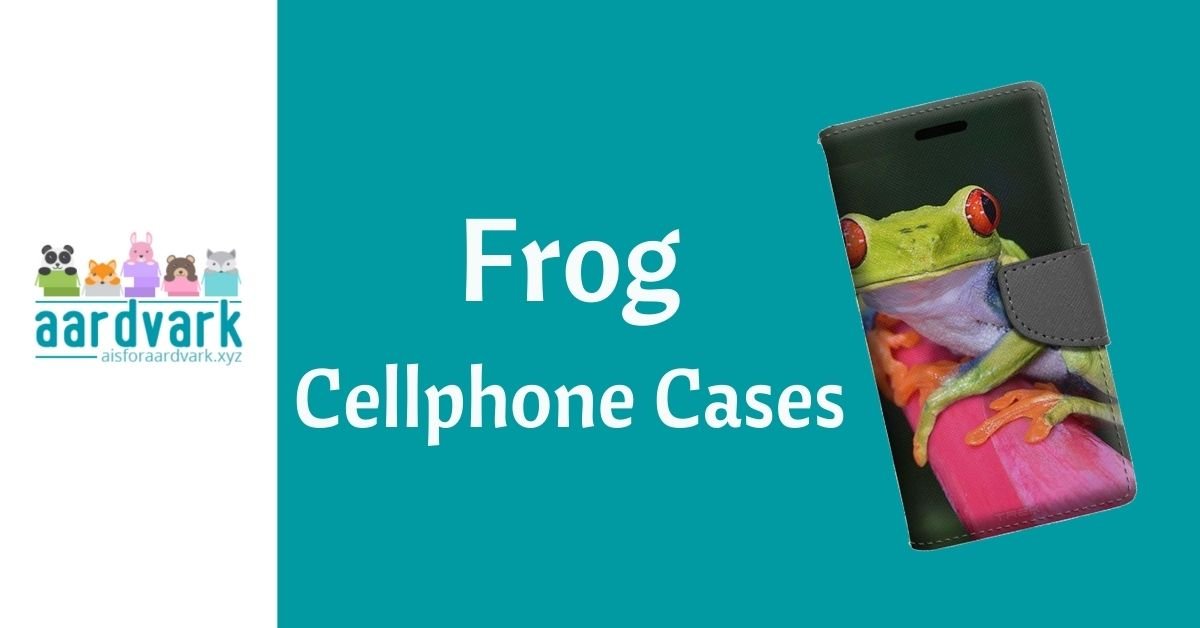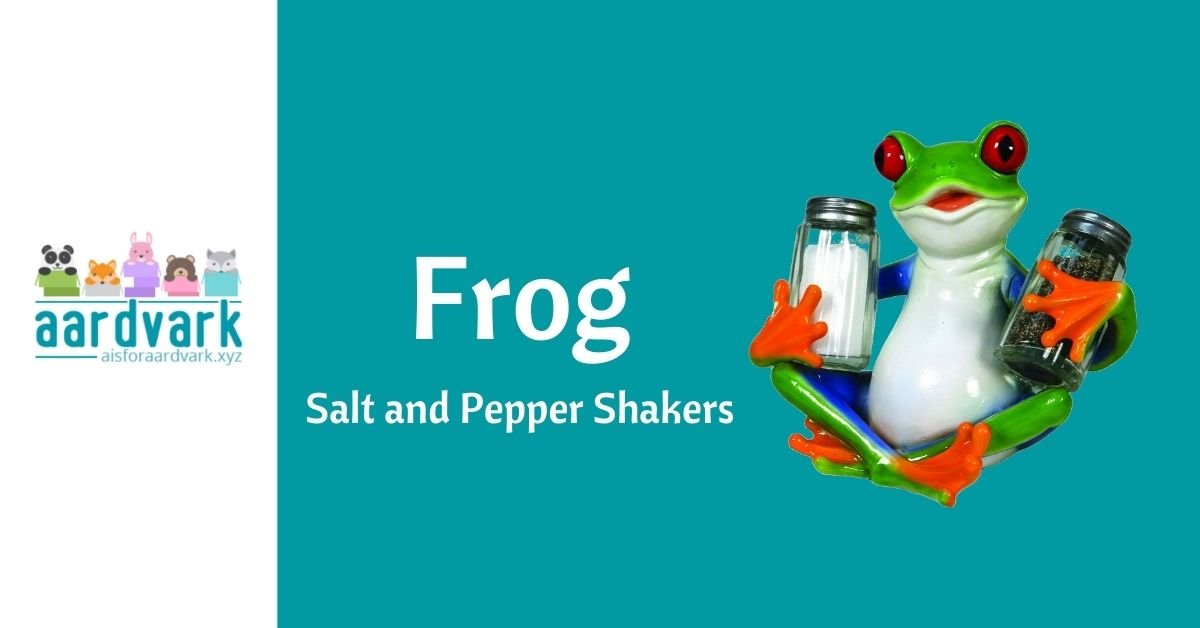Frogs come in many colors and sizes and make their homes in diverse ecosystems globally. These amphibians play a key role in maintaining ecological balance in wetlands and forests, too. Let’s learn more about these amazing hoppers, easily recognizable in nature and pop culture!
Physical Description
Belonging to the Anura order, frogs exhibit a wide range of physical characteristics that contribute to their mastery of both aquatic and terrestrial environments. Here are the basics:
Size and Build
Frogs showcase an incredible range in size and build. From the tiny Paedophryne amauensis, measuring less than half an inch (1.27 centimeters), to the massive Goliath frog, which can grow up to 12.6 inches (32 centimeters) in length, we already begin to see their diversity.
Skin and Coloration
One of the defining features of frogs is their permeable skin, which allows them to absorb water and breathe through it. This unique adaptation is crucial for their survival in aquatic and terrestrial habitats.
Frog skin also plays a role in respiration, making it an essential organ for their overall well-being.
Their coloration varies widely, serving as effective camouflage or a warning to other creatures in their respective habitats.
Eyes and Vision
Frogs typically have large, bulging eyes that provide excellent vision, especially in low-light conditions. Their eyes contribute to their ability to detect movement and locate prey. Some frog species have horizontally slit pupils, enhancing their field of view and aiding in their hunting activities.
Behavior, Social Structure, and Frog Calls
Behavior and Social Structure
Frogs are known for their diverse behaviors, ranging from intricate courtship rituals to unique vocalizations. Some frogs are solitary while others have complex social structures, forming groups or colonies.
Vocalizations
These amphibians also have vocalizations unique to species. Within species, different “croaks” have different meanings. The calls can serve purposes as distinct as attracting mates to establishing territory.
Mating and Development
Frog mating involves a variety of rituals, depending on the species. Often, the croak you hear is a mating call!
Once fertilization occurs, the eggs undergo development through stages from egg to tadpole and eventually turn into adult frogs.
Geographic Distribution
Frogs make their homes in most parts of the world. Different species inhabit all kinds of ecosystems, including rainforests, deserts, grasslands, and even high-altitude mountain ranges. Their adaptability is evident in their ability to thrive in both tropical and temperate climates.
Notable frog-rich regions include the Amazon rainforest, the Australian outback, and the cloud forests of Central America.
Habitat and Unique Features
Frogs are well-adapted to a variety of habitats, from the moist rainforests to arid deserts. Their unique features contribute to their survival in specific environments. Here are just a few of the wilder adaptations:
Tree Frogs
Species like tree frogs have specialized toe pads that enable them to cling to vertical surfaces, allowing them to inhabit trees and shrubs. Their vibrant colors often serve as a warning to predators, signaling their toxicity.
Burrowing Frogs
Some frogs, like burrowing species, have strong hindlimbs for digging into the ground. Their adaptations allow them to withstand dry conditions and wait for the arrival of rain.
Poison Dart Frogs
In tropical rainforests, poison dart frogs showcase striking coloration as a warning to potential predators. These small but vibrant frogs are known for their potent skin toxins, derived from their diet of certain ants and mites.
Frogs in Pop Culture: Iconic Symbols of Resilience and Diversity
Even though many people may think of frogs as “yucky” because of their wet skin, they are also well-known and popular pop culture icons that have become enduring and easily recognizable figures. This spreads throughout music, TV, and movies.
Kermit the Frog
The most famous (fictional) frog in the world is likely the beloved Kermit the Frog. A creation of puppeteer Jim Henson, Kermit became an enduring character on “Sesame Street” and later the host of “The Muppet Show.” He even hosted The Tonight Show once!
His catchphrase, “It’s not easy being green,” has become an iconic expression of self-acceptance.
Musical Tributes
Frogs have also been celebrated in music, with the classic rock song “Joy to the World” by Three Dog Night featuring the famous opening line, “Jeremiah was a bullfrog.”
The Princess and the Frog
In Disney’s animated feature film “The Princess and the Frog,” Tiana undergoes a magical transformation into a frog, leading to a whimsical and musical adventure. The film’s portrayal of frogs intertwines with themes of love, friendship, and self-discovery, offering a modern and enchanting take on classic fairy tales.
This modern adaptation was based on the fairy tale, “The Frog Prince,” which was included in the collection of the Brothers Grimm.
Crazy Frog
The Crazy Frog, a computer-animated character, became a viral sensation in the early 2000s. Known for its frenetic antics and the catchy ringtone remix of “Axel F,” the Crazy Frog invaded pop culture with its zany, amphibian-inspired persona, leaving an imprint in the digital landscape.
Michigan J. Frog
Famous for his top hat and cane, Michigan J. Frog originated in Warner Brothers’ Merrie Melodies cartoons in 1955. He eventually became the official mascot of the Warner Brothers TV network, strutting and dancing his way to fame.
Frogs include diverse species adapted to many environments on every continent except Antarctica. From croaks to hops to breathing through their skin, frogs have interesting and unique behaviors. They’ve also earned a special place in our culture, becoming part of our music and movies.





